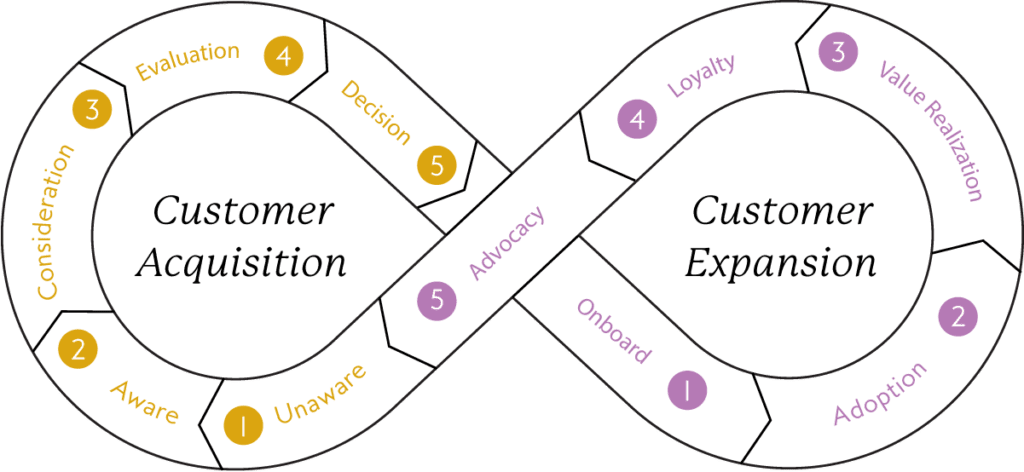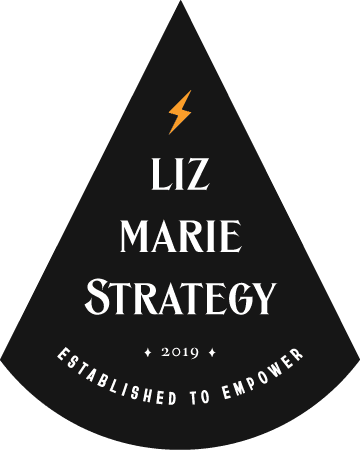You’re planning a dinner party for some friends and colleagues. How do you prepare?
- You personally invite them, providing the date, time, location and instructions for parking.
- You say, “No, please. Don’t bring a thing!”
- You factor in their likes, dislikes and the fact that Sophia is vegan and David has allergies.
- You prepare a thoughtful menu of your best recipes.
- You pull out the nice(r) dishes, some placemats and maybe even cloth napkins.
- You grab a bottle of fine wine—perhaps one you’ve been saving for the right occasion .
- You clean your home, light some candles and buy some flowers.
- You dress to impress.
- You put on the perfect playlist that will set the evening off right.
- You daydream about how the night will go, and bask in the afterglow when it’s all over.
In short, you consider every aspect of the experience. Your customer experience should be like that. You should wine and dine them. You should woo them because your customers enable your business to exist and you should never forget that. Today’s consumers have more choices than ever before so every stop on the customer journey matters.
What is Customer Experience?
Customer experience is the sum of all a customer’s interactions with your brand. The customer journey spans from the moment your potential customer realizes they have a need your brand could fulfill to the moment they become a loyal raving advocate of your brand—and every moment in between. Across that journey live thousands of interactions, large and small, that shape their experience and your brand. Every single touchpoint is an opportunity to either create value or push a customer right towards your competitors.
The Customer Journey

The customer journey captures the full lifecycle of your customer. It takes them from Unaware (never even heard of your brand before) all the way towards being raving advocate for your brand. At every stage in the process, someone will experience different touchpoints that ideally push them further along the path to engage more deeply with your brand.
Why Does Customer Experience Matter for Your Brand?
The reality is that most businesses have one or more customer experience gaps. That is, disconnects between your customer’s expectations and their subsequent experience, or viewed another way, lapses in an otherwise good experience. Just as it takes one moment of frustration for us humans to spark a “bad day”, just one gap in your customer journey can be detrimental to your brand. For example, consider the following:
- Are your product and marketing teams getting feedback from customer service? › If your stores are beautiful, what is the eCommerce experience like?
- If your website is easy to use, how is your return process?
- Are your marketers and your salespeople speaking the same language?
- Does your product or service deliver on your brand promise?
- Does your social media personality match up with brand personality?
- Are you putting your customer first in every part of the experience?
All of these touchpoints should be consistent and positive. The most successful brands are those that prioritize their customer in every decision that they make. It just makes sense.
Clients who have positive emotional experiences are:
15x
more likely to recommend your brand
8x
more likely to trust your brand
7x
more likely to purchase from your brand
Source: 2018 Temkin Experience Ratings, U.S. Qualtrics, www.qualtrics.com/xm-institute/2018-temkin- experience-ratings-u-s/.
That is a tremendous impact, just by factoring in the wants and needs of your customers into the decisions you already make and the activities you are already doing. So how do you now what those needs are, and how do you incorporate them into your business? Let’s see.
The Business Case for Knowing Your Customer
Exceed Revenue Goals
71%
of companies that exceed revenue and lead goals have documented personas.
70%
of companies who missed revenue and lead goals did not conduct qualitative persona interviews.13
Outperform Competitors
Compared to competitors, high performing companies are:
2.3x
more likely to research customer drivers and motivations
1.6x
more likely to understand customer fears and challenges
2x
more likely to include buying preferences in personas
Source: Understanding B2B Buyers: The 2016 Benchmark Study. Cintell, www.cintell.net/wp/wp-content/uploads/2018/11/1699113-0-BenchmarkStudyUnderstandingBuy.pdf.
How to Understand Your Customer
If you ask a dozen executives who their customer is, I guarantee you’ll hear something like this: “Anyone who needs [insert product/service here].” or “Men and women, 18-65, living in the United States.” Anyone who says this does not know their customer. Learning about your customers (target and actual) requires significant time and resources, but it has the potential to improve every single aspect of your business. And it all starts with research.
Using the following methods, you can gain all the information you need to build robust, vibrant customer personas. Personas are semi-fictional archetypes that represents key segments of your audience. The more detailed and accurate your personas are, the more equipped you are to build a customer experience that meets their needs.
Interviews and Focus Groups
One-on-one interviews and focus groups are the most direct way to get insights about your current or potential customers—straight from their own mouths. Using these methods, you have a first-hand opportunity to uncover anything you might want to know, including their backgrounds, interests, passions, challenges and desires, as well as their perceptions of you and your competitors.
Employees Insights
Your salespeople, marketers, customer service team and anyone who deals with your customer consistently can provide valuable information that you can use to build your customer profiles
Surveys
Surveys are one of the quickest and easiest ways to gain immediate information about your clients, their preferences and needs. The key is to design your questions objectively and effectively to gain usable insights.
Case Studies
Case studies allow you to get an incredibly deep view of one specific customer and their experience. Combine this method with broader-reaching methods for an all-encompassing view.
Observation & User Testing
Whether observing your customers in store or asking them to participate in user experience tests on your website, these methods allow you to identify needs, problems or disconnects your customer may not even realize.
Digital Data
If used correctly, your customer relationship management (CRM) platform, marketing automation platform and web analytics are gold mines of data about your customer preferences and behaviors. In addition, between big data and artificial intelligence, there is now more technology than ever to analyze your data, and transform it into usable tools and insights.
Online Forums
Depending on your industry, their may be online forums or groups dedicated to your brand or offering. You can mine these for background on your customer that you wouldn’t get anywhere else.
Third-Party Studies and Market Research
Consulting firms and research institutes can be an excellent source of insight into your industry and your audience. This is especially useful for middle market brands, that lack the multi-million dollar research budgets of larger businesses.
Need help with your customer research?
Download my free guide Get to Know Your Customer: Customer Research Tips & Questions
How to Design Your Customer Experience
Map Your Customer Journey
For each of your customer personas, map their entire customer journey, starting with a template like the one included here. For each phase in the journey, populate the potential touchpoints and interactions you want them to have to advance them along the path. Identify gaps and opportunities.
Collaborate Cross-functionally
Great, consistent customer experience is not possible if everyone is working in a silo. Sales, marketing, operations, product development and others need to communicate and work together in order to build processes and experiences that are cohesive and surpass customer expectations.
Take Advantage of Technology
Technology is an inextricable part of our lives, which has heightened customer expectations. Use that to your advantage.
Automate
Use automation to deliver messages, benefits or perks to your customers dynamically based on their actions, time intervals, or personas—without using up valuable resources. Automation transforms your customer experience from one-size-fits-all to nuances and sophisticated based on your customer needs.
Personalize
Similarly, personalization incorporates the data and preferences of one individual to deliver and even more tailored experience. This may include personalized shopping recommendations or providing your customer a year-end wrap-up of all of their interactions with your service.
Contextual Interaction
Contextual interaction takes this all a step further, delivering content or experiences based on what your customer is doing or where they are located at any given moment. For example, a hotel could automatically check-in and load a digital room key on customer’s phone as soon as they enter the lobby.
Build Better Processes
Many gaps in customer experience are a result of an ineffective process. By proactively designing the desired processes, you can control the outcomes.
Train, Train, Train
After you’ve designed the experience and built the processes, executing it all and delivering a positive result comes down to your employees. Every single person in your company must be on board, engaged and well-equipped to fulfill their role in the customer journey.
Manage Change, Measure Progress
Organizational change of this scale is a major undertaking. Set yourself up for success by setting clear objectives and managing attitudes and expectations throughout the process. Define the right metrics upfront—those that are measure the success of your overall journey—and track your progress over time. It may help to align employee incentives with successful outcomes.
Rinse and Repeat!
A great customer experience is always evolving as you, your customer and your capabilities change. Do a complete check-in at least once a year to see where you stand and adjust as needed.

